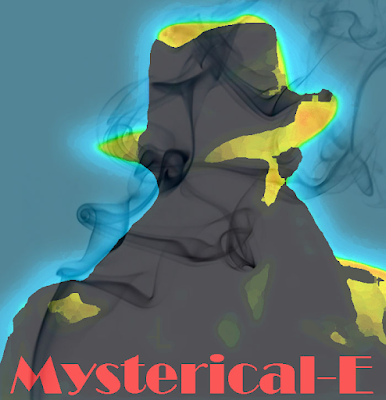For me, the most satisfying mystery fiction is that of the "impossible-crime" variety. You have probably heard of the type, and perhaps even enjoyed some yourself. The corpse found in a room that was locked from the inside and watched by witnesses at the time when the murder must have happened. The body found on a snowy field, where the killing clearly took place, but there are no footprints around it. The train that disappears between two stations. An entire house that vanishes overnight, then reappears, then disappears again.
What an impossible-crime mystery is, of course, is simply the ultimate kind of puzzle. Not only do we and the police and primary detective not know whodunit, we don't even know how it was done or even how it could have been done. For those who prefer the intellectual puzzle form of mystery (as opposed to the action orientation common to police procedurals, private-eye fiction, serial-killer fare, and the like), the impossible crime is the ne plus ultra of mind-challenging aesthetic pleasure. For those who favor action mysteries, the impossible crime is among the most odious of yarns. — S. T. Karnick, "Jonathan Creek Comes to America," NRO, April 19, 2004.The foremost practitioner of this type of story was, of course, John Dickson Carr:
The world of John Dickson Carr. A world where bodies are found alone in hermetically sealed rooms, or in houses surrounded by unmarked snow or sand; where damsels walk into country houses and vanish like smoke; where a businessman can dive into a swimming pool and disappear; where rooms, buildings, streets, even whole centuries seem to vanish. An eerie world, where ghosts, vampires, and evil magicians seem real. "Let there be a spice of terror," John Dickson Carr wrote, "of dark skies and evil things."
But in spite of the evil things, Carr did not write stories of supernatural horror. At the climax of almost every one of his books, his detective discovers that all the seeming impossibilities have been created by humans for human purposes. If the comparison is not stretched too far, Carr's detectives act almost like exorcists. They bid the demons be gone and reason is returned to the world. Or is it entirely? Sometimes the human motives are more terrifying than the supernatural . . . — Douglas G. Greene, "John Dickson Carr: Explaining the Inexplicable," MYSTERY NET [Note: Site seems to have disappeared.]Film makers in droves have shied away from translating Carr's "seeming impossibilities" to the screen:
Carr's combination of eerie atmosphere, strong suggestions of the supernatural, young couples bickering their way to love, raucous humor, melodramatic writing style, and mind-bogglingly complex mystery puzzles has never been successfully brought to the visual media. . . Mystery puzzles as complex as Carr's are difficult to transfer to the cinema because the viewer cannot easily flip the pages back, metaphorically speaking, to review clues. That's a pity, because successful film treatments of book series typically help spur new readers to read the original tales. — Karnick, op. cit.But movie makers have been content to present their own somewhat watered down versions of Carr. Case in point:
The impossible-crime genre is a difficult one to bring off, even in print, and Jonathan Creek does it very well. Each episode provides perceptive insights into human character and contemporary life, in addition to the fun of trying to outguess Jonathan (which is probably the most impossible thing about the show, as he is perfectly brilliant).
Of course, as in Carr's tales, the seemingly supernatural occurrences always have a rational explanation, which Jonathan divines after much investigation and deliberation. The police are quite out of their league here, of course, though typically portrayed as competent and decent. The solutions to the puzzles are always brilliantly worked out, and this is one of only a very, very few TV series that have specialized exclusively in solving impossible crimes. — Karnick, op. cit.
Category: Detective fiction


























